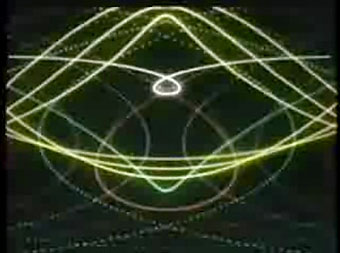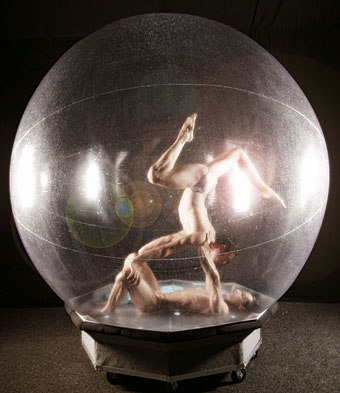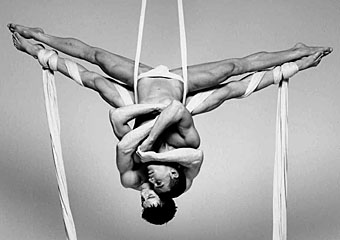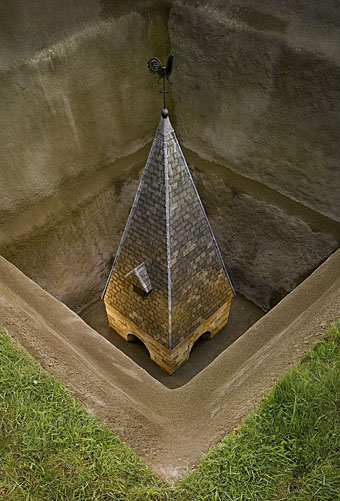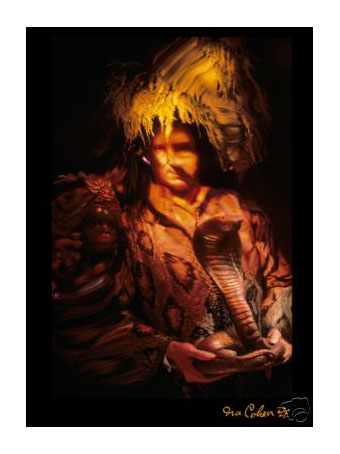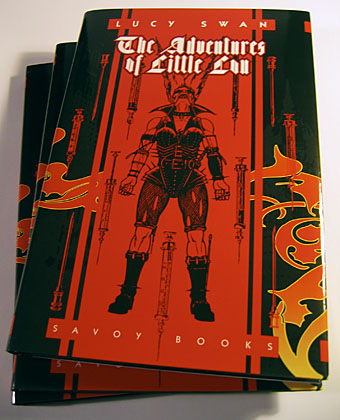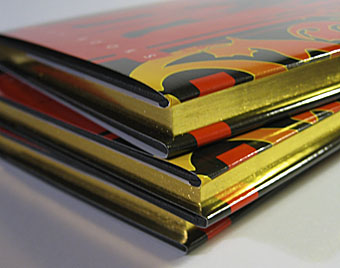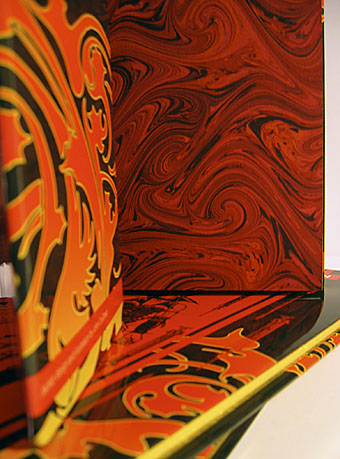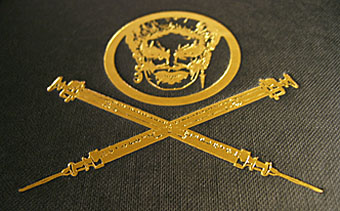I made the complaint in November last year when writing about James Whitney’s Lapis that few of the classic works of abstract cinema have yet to find their way to YouTube. Happily, things change fast in the online world and you can now see a clip of Lapis here. Another recent addition is the whole of Arabesque by James’s brother, John, a very early (1975) example of using computer graphics to create animations. This is necessarily crude by today’s standards—coloured lines and shapes—but it was made at a time when computers frequently filled entire rooms and recording their visual output meant pointing a camera at a monitor. Arabesque has a suitably Arabian santur soundtrack by Manoochehr Sadeghi.
Update: link changed to a better copy.
Elsewhere on { feuilleton }
• The abstract cinema archive

